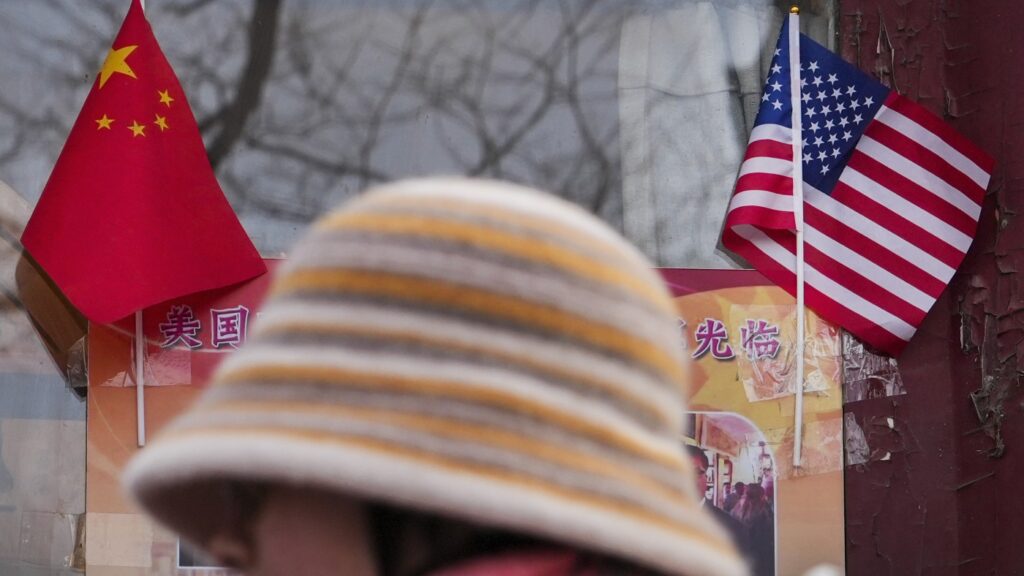China has responded vigorously to the Trump administration’s implementation of 10% tariffs, announcing countermeasures that include 15% tariffs on American coal and liquefied natural gas, and 10% tariffs on crude oil, farm equipment, and certain vehicles. These counter-tariffs are set to take effect on Feb. 10. The Chinese finance ministry criticized the U.S. tariffs for violating World Trade Organization rules and disrupting economic and trade cooperation between the two countries.
Furthermore, China has initiated an anti-monopoly investigation into Google and imposed export controls on rare metals. PVH Group and Illumina, Inc. have been placed on China’s “unreliable entity” list for discriminatory practices against Chinese companies. Despite these actions, the announcements did not explicitly mention the U.S. tariffs.
While some experts view China’s retaliatory measures as relatively modest, there is concern that further escalation could occur. Julian Evans-Pritchard from Capital Economics noted that the targeted goods make up a small fraction of China’s total imports from the U.S. and suggested that China’s response aims to convey a message without causing significant harm.
The ongoing trade tensions between China and the U.S. have deeper economic and political roots, posing challenges for de-escalation. China’s role in the production of fentanyl and its warning of potential damage to future cooperation highlight the complexities of the situation. President Trump has hinted at the possibility of increasing tariffs on China, underscoring the uncertainty surrounding the trade dispute. Talks between Trump and Chinese leader Xi Jinping are anticipated in the coming days, adding to the dynamic nature of the situation.

